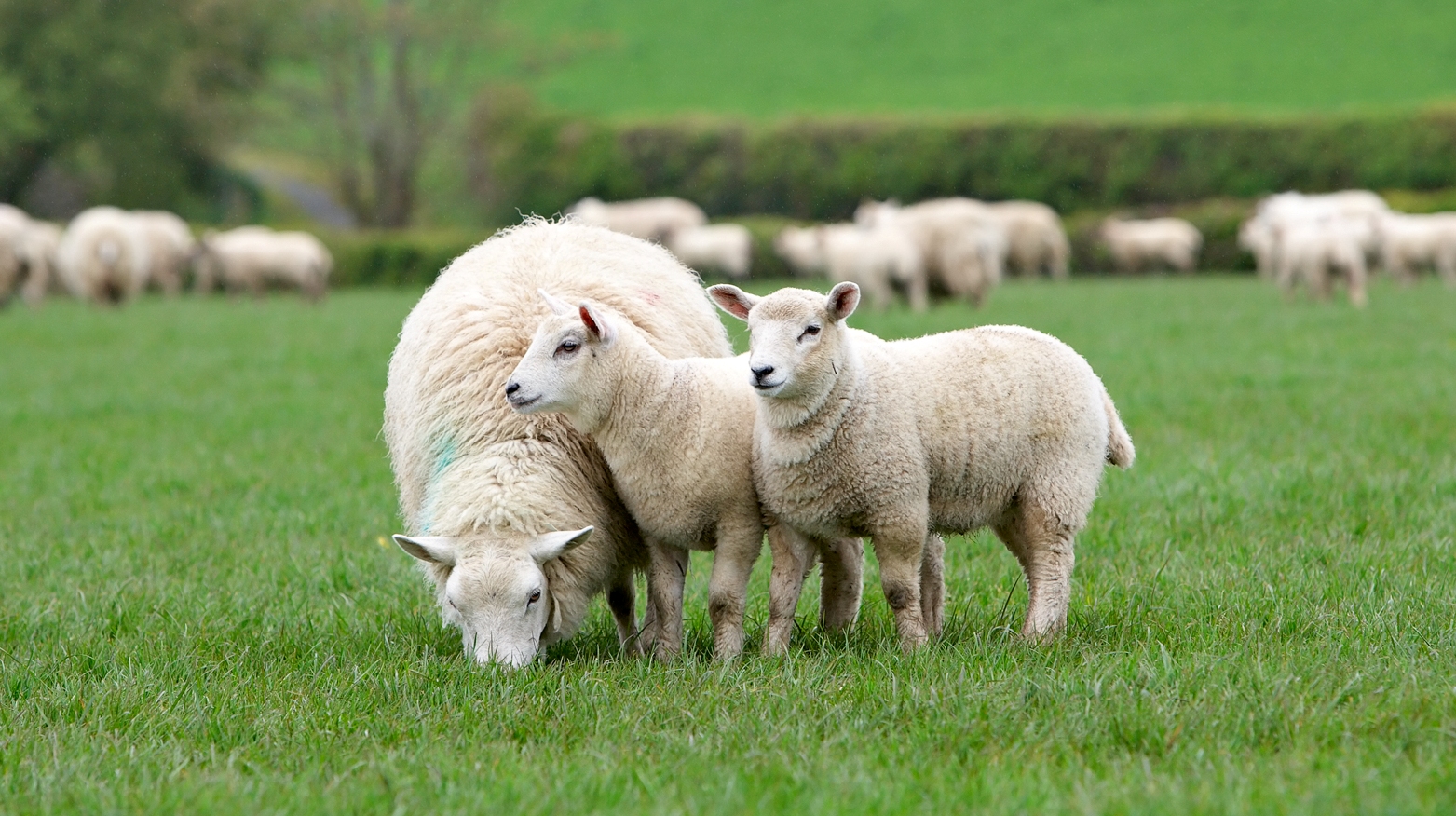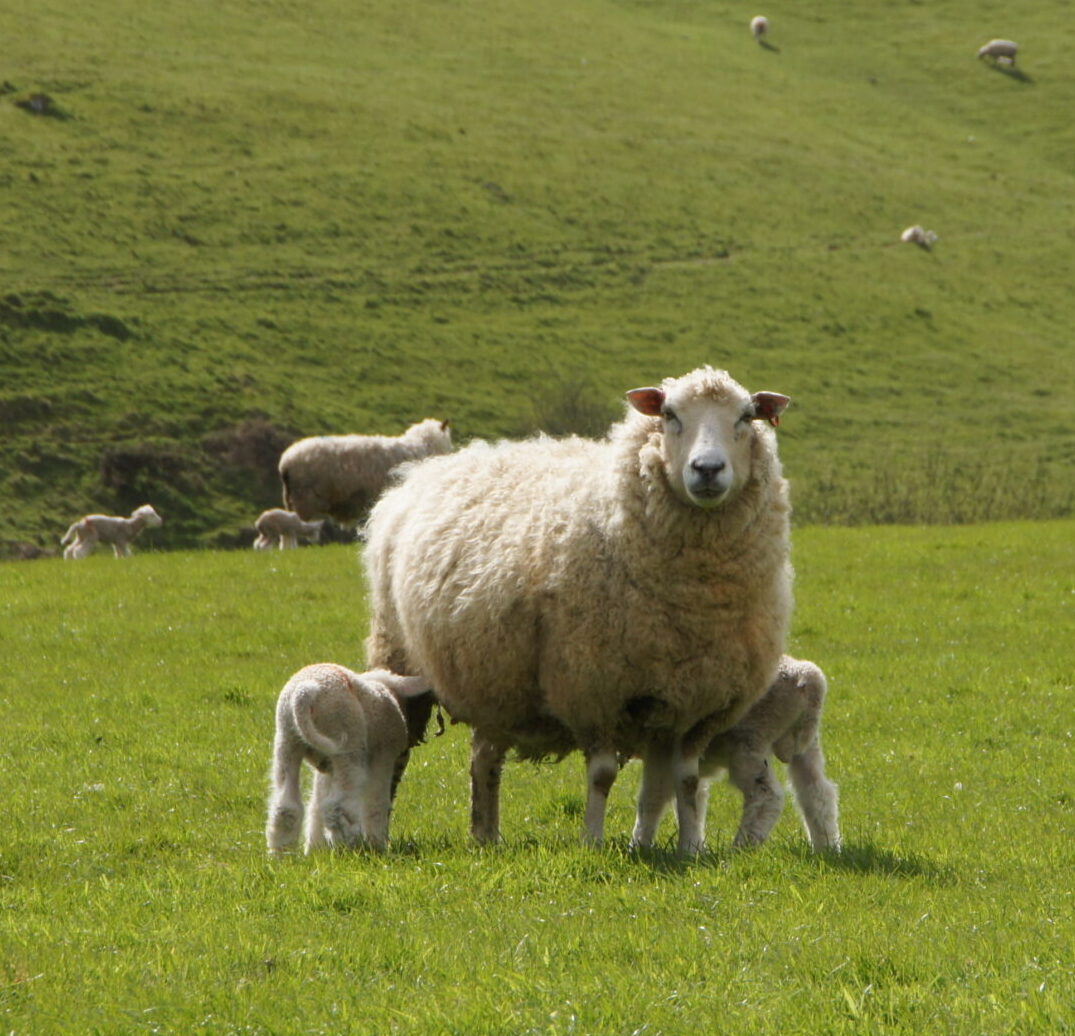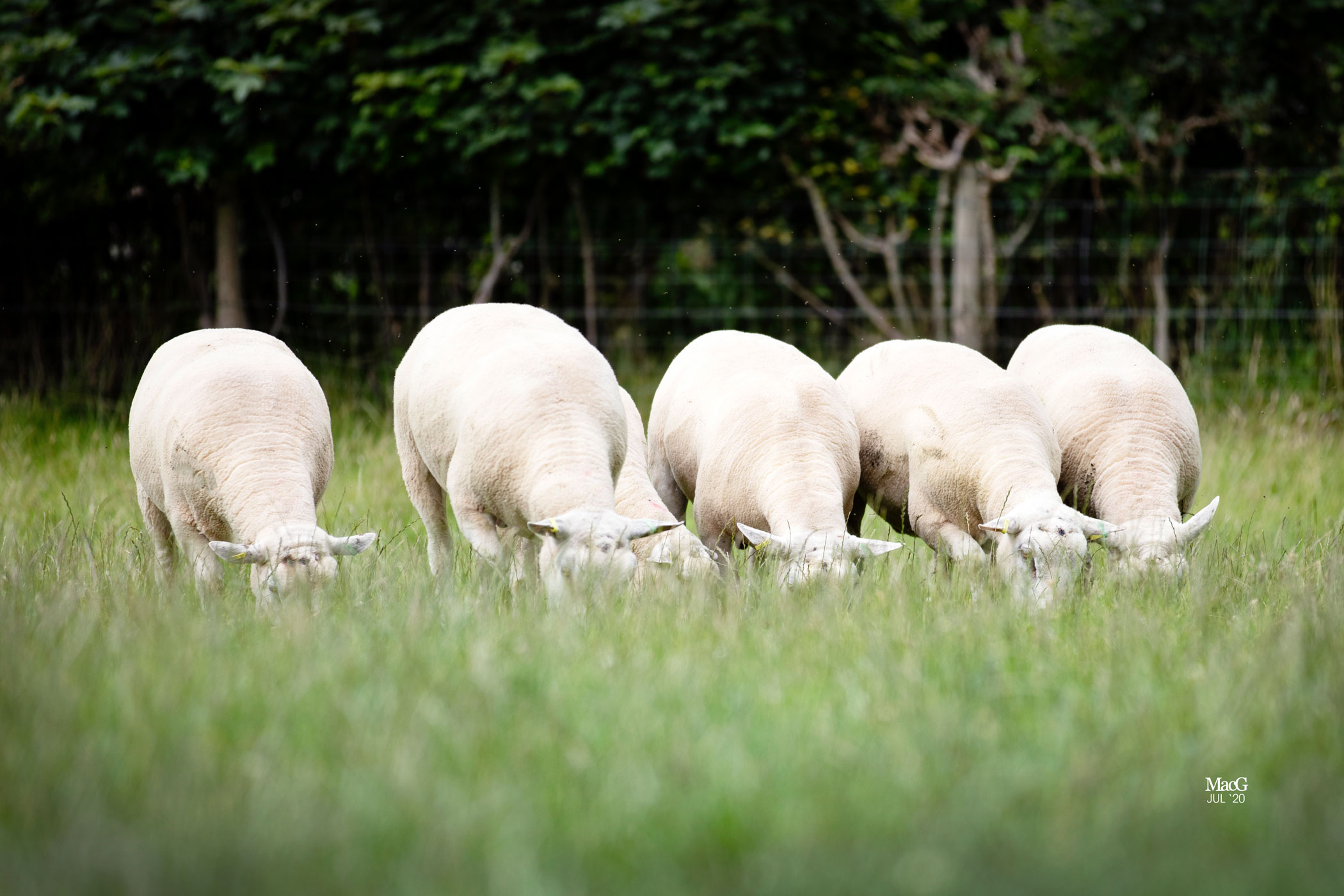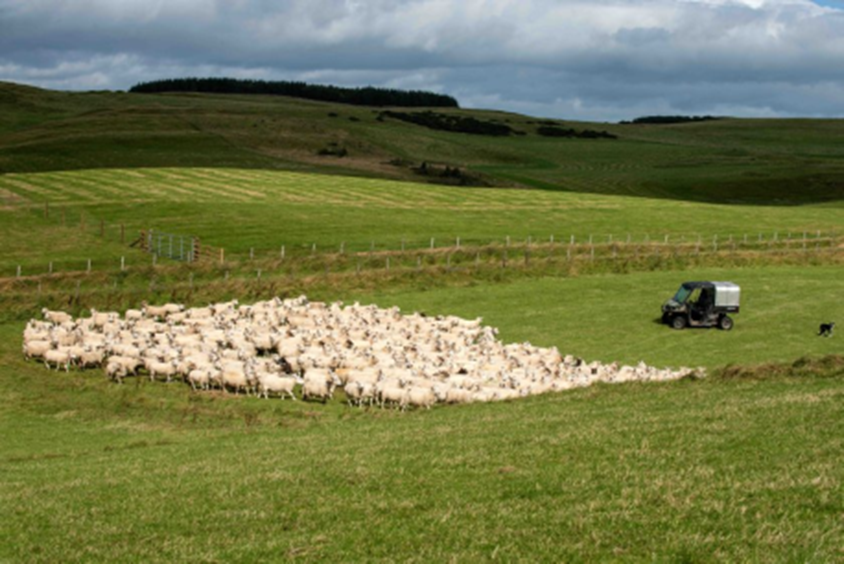Helping you reduce the carbon footprint of your flock
Methane produced by the natural process of digestion accounts for up to 60% of the carbon footprint in flocks. So what do we do in our breeding programme that helps reduce the methane produced by your flock?
Improving production efficiency
The more sheep eat the more methane they produce. By focusing our breeding objectives on producing more efficient sheep that give you more output without increasing inputs benefits both the environment and your bottom line.
Focusing on ewe weight
We have always championed a smaller more efficient ewe. About 70% of a flock’s methane emissions are associated with the ewe and so finding the optimum sized ewe that costs you less to keep but can still maintain the level of output you require has never been more important.
All our maternal lines are bred to improve the weight and quality of lambs you have to sell without increasing the weight of the ewe – our index rewards lighter ewes, but only if they can compete on output and can retain their condition. Dropping average ewe weight in the flock from 80kg to 65kg will reduce the amount of methane produced in a flock by about 10%.


Improving lamb survival and ewe longevity
Every lamb that doesn’t make it from scanning to sale and every extra replacement you have to keep is methane produced (and dry matter eaten) without the pay back of lamb to sell. Both lamb survival and ewe longevity can only be effectively improved by breeding with many accurate records kept over many years.
We use Estimated Breeding Values (EBVs) to make sure we are driving improvement in both these traits. The lambing sub-index helps us (and you) target lamb survival our meat lines.
Breeding sheep that thrive on grass
The carbon sequestered by our grasslands, hedges and trees is an important part of the equation that is difficult to quantify and not always recognized in carbon accounting. We have always believed that sheep should be able to thrive on grass and forage crops with little, if any, bought in feed.
By breeding, and measuring our sheep in systems that really test their ability to thrive in forage based systems, we identify the best genetics to make the most of the grass and forage crops you grow. This helps contributes towards better soil health.

Breeding for the Future
We always have an eye on the future so that we can make breeding decisions today to breed the sheep fit for purpose tomorrow. This sometimes requires keeping an eye on what others are doing.
We have been watching the work done by AgResearch in New Zealand on breeding sheep that are naturally low methane emitters for some years now. Our New Zealand partners, Focus Genetics, have been deeply involved in this research, and we will be putting some of the lessons they have learnt into practice in our breeding programme in the near future. There’s plenty more to learn in this exciting area—so watch this space!
